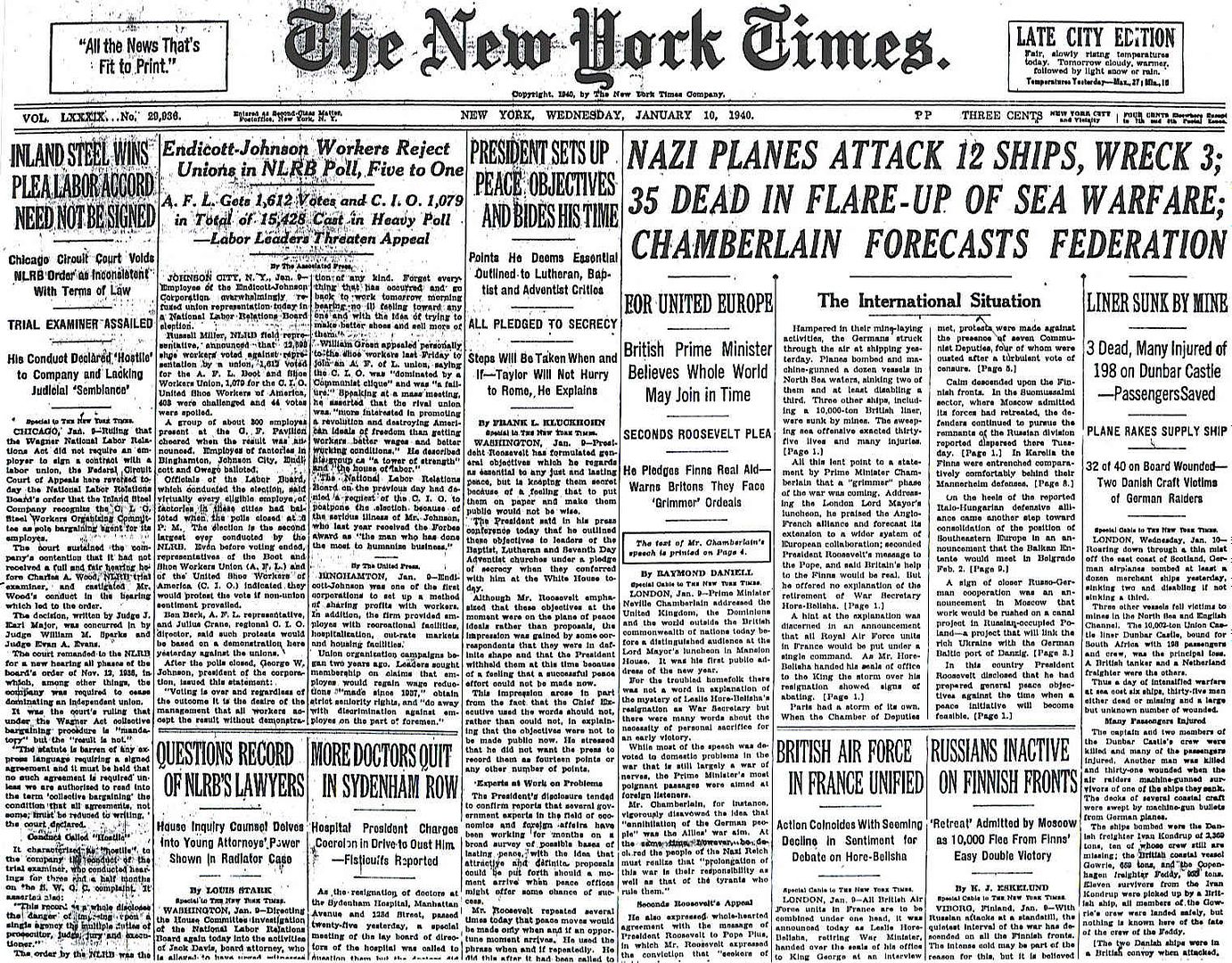
Posted on 01/10/2010 5:02:02 AM PST by Homer_J_Simpson

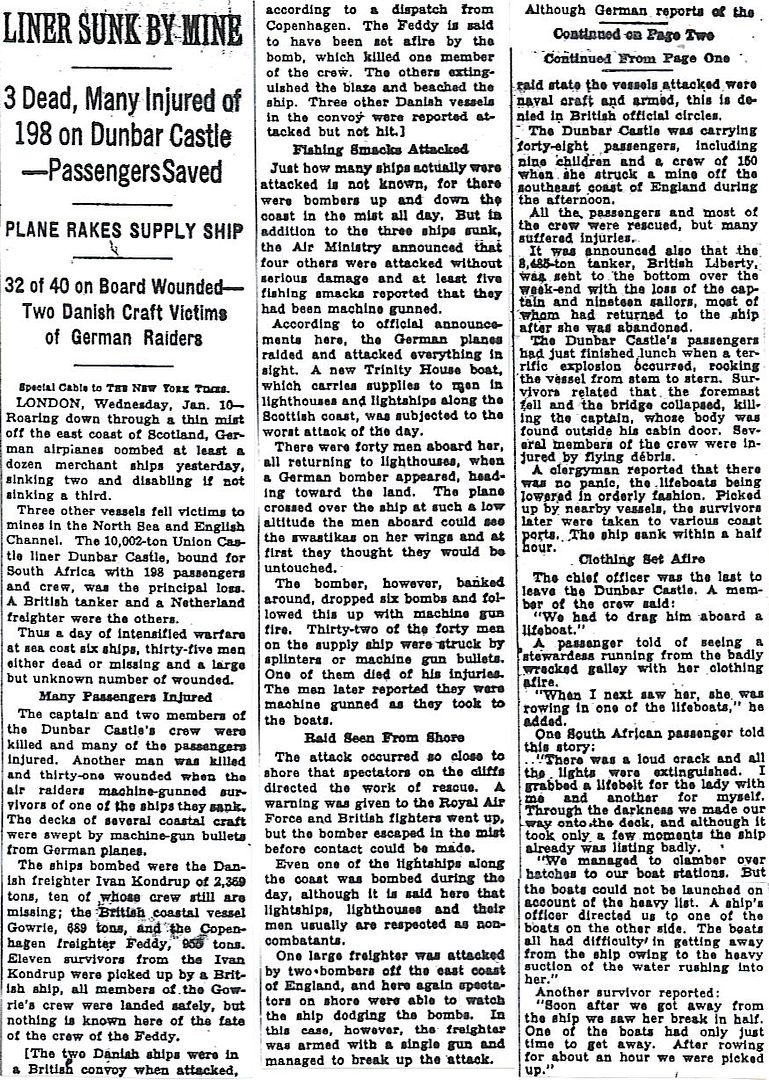

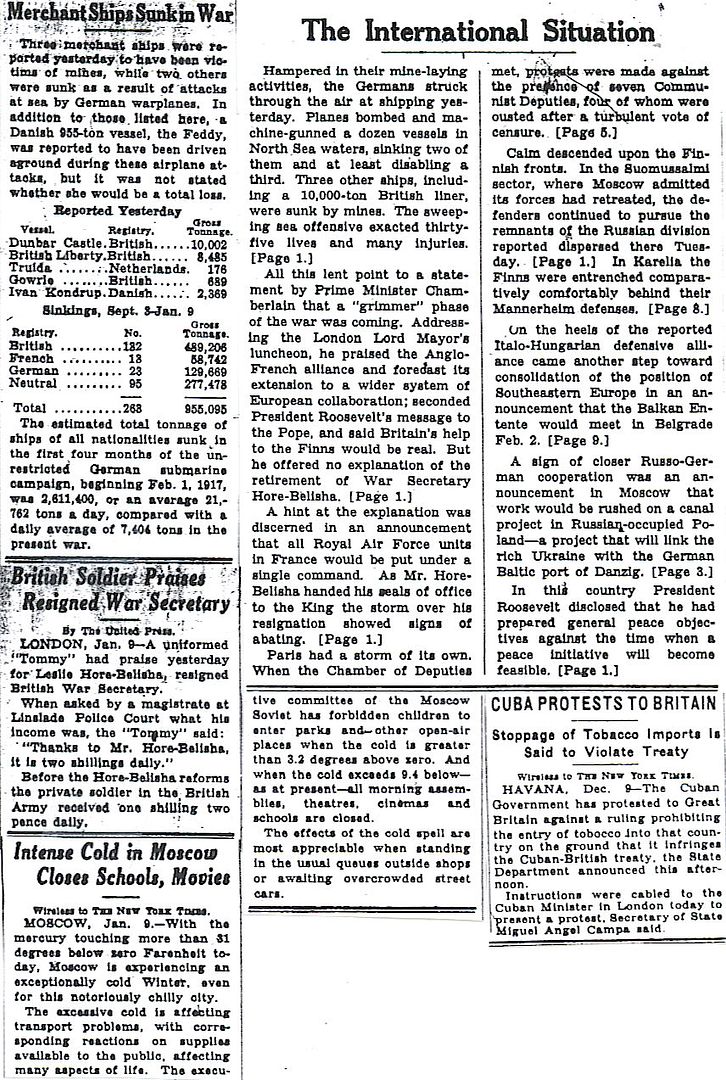
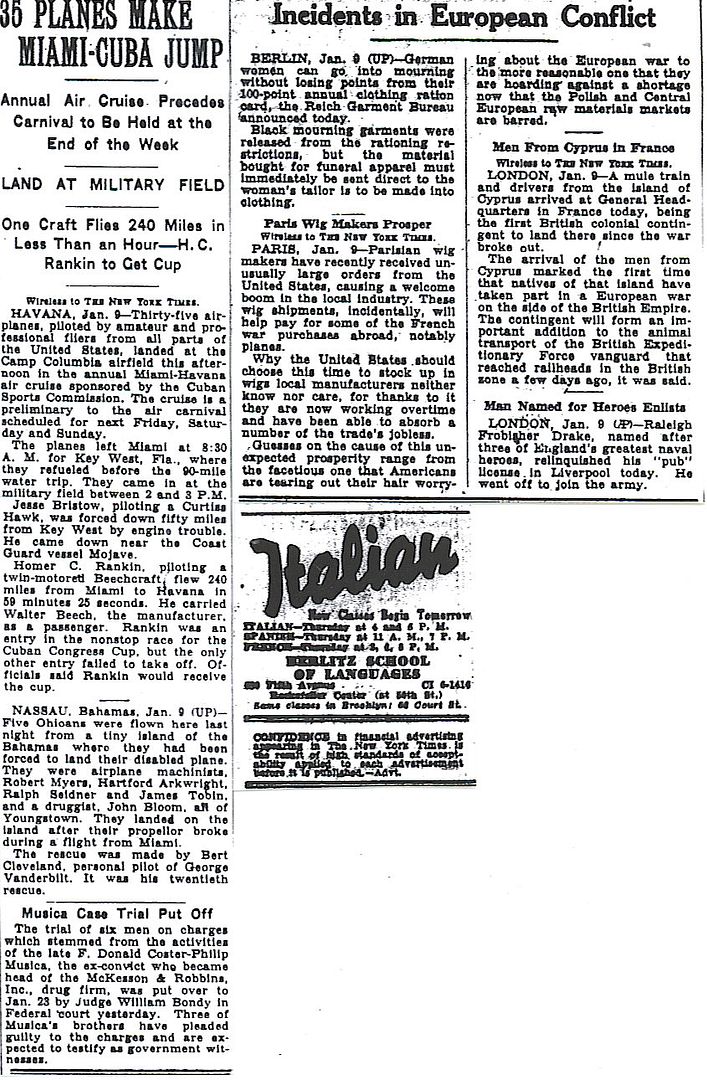
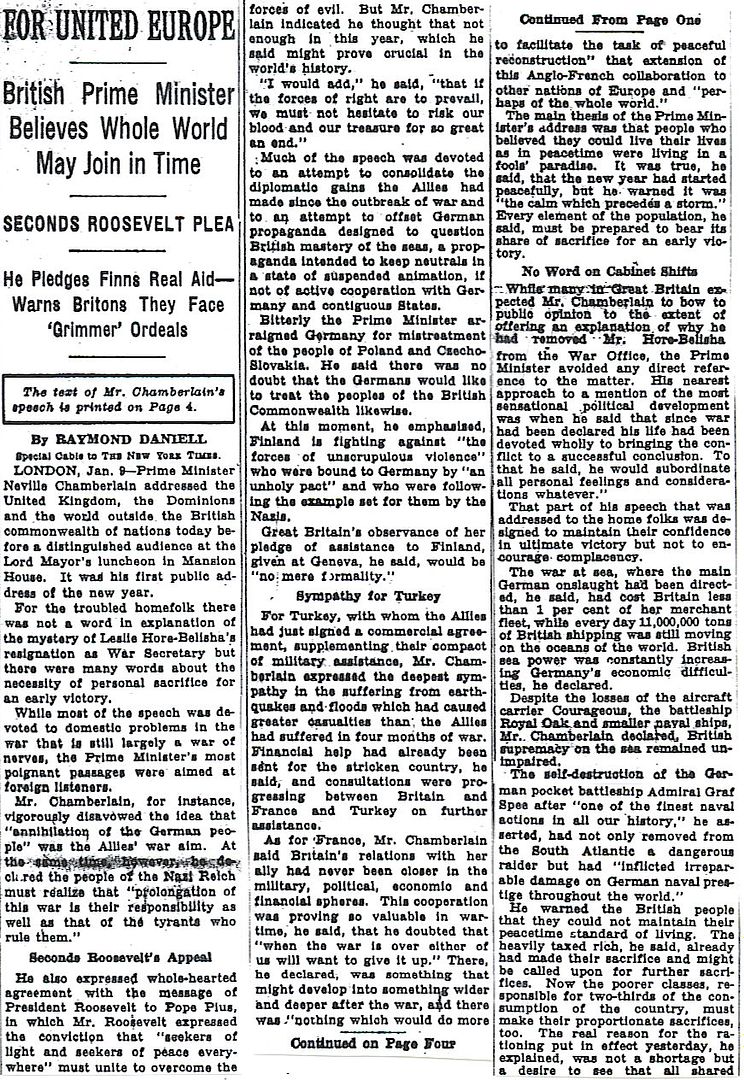
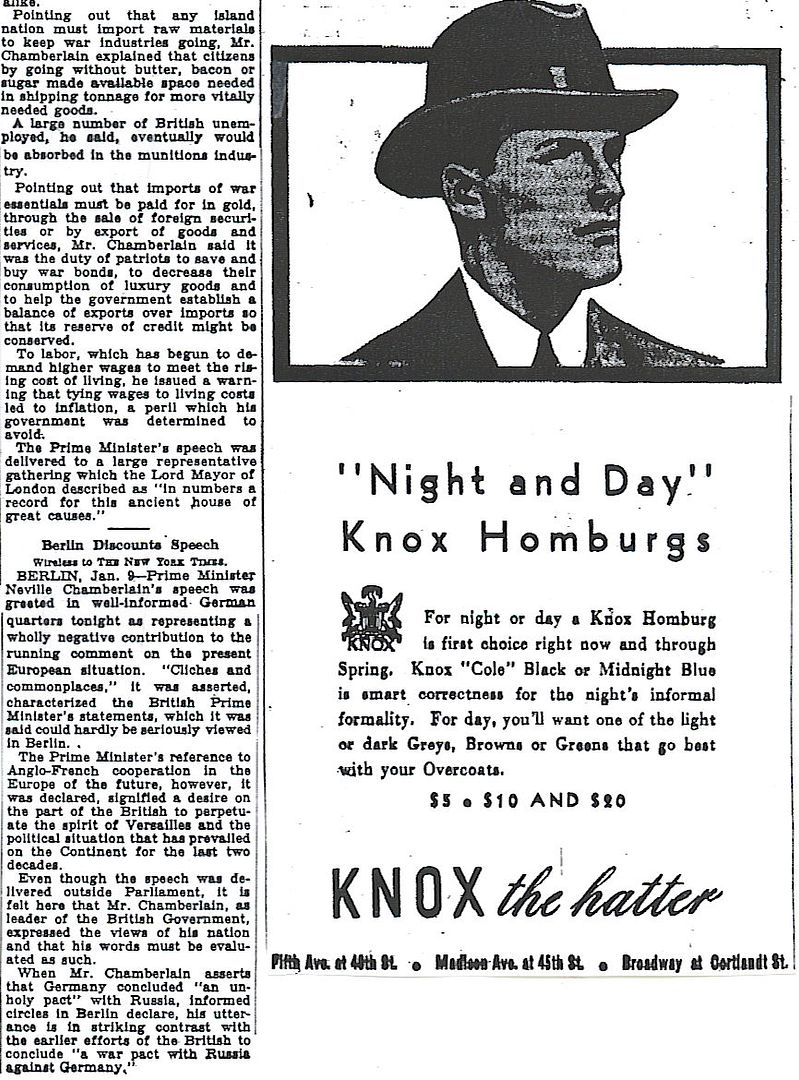
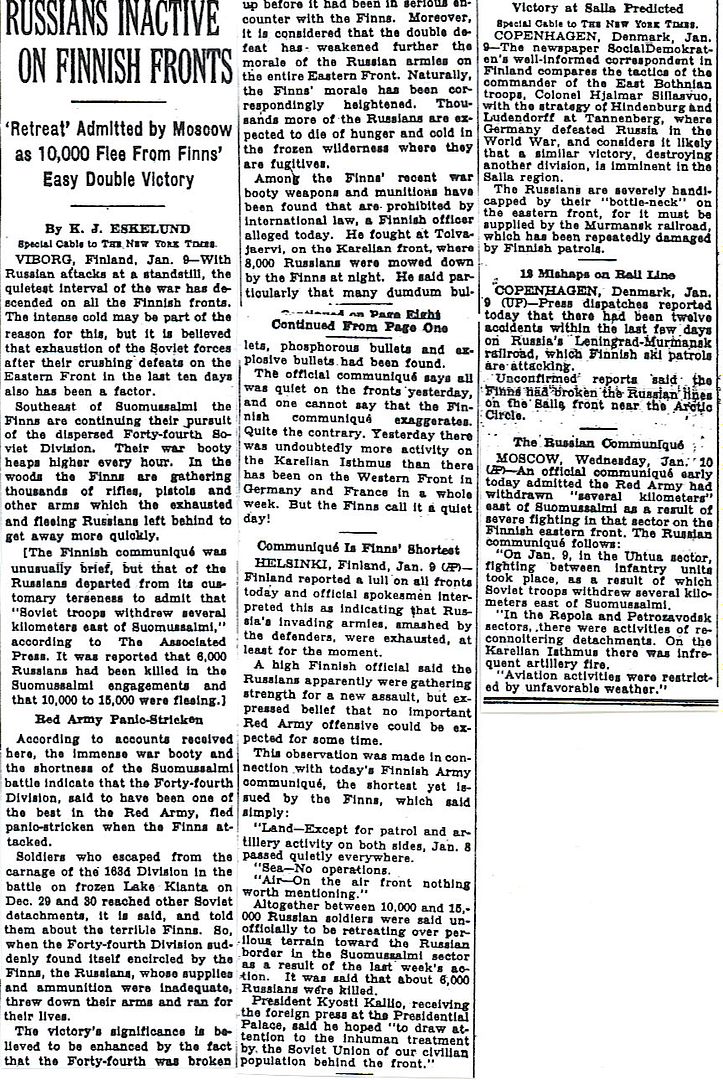



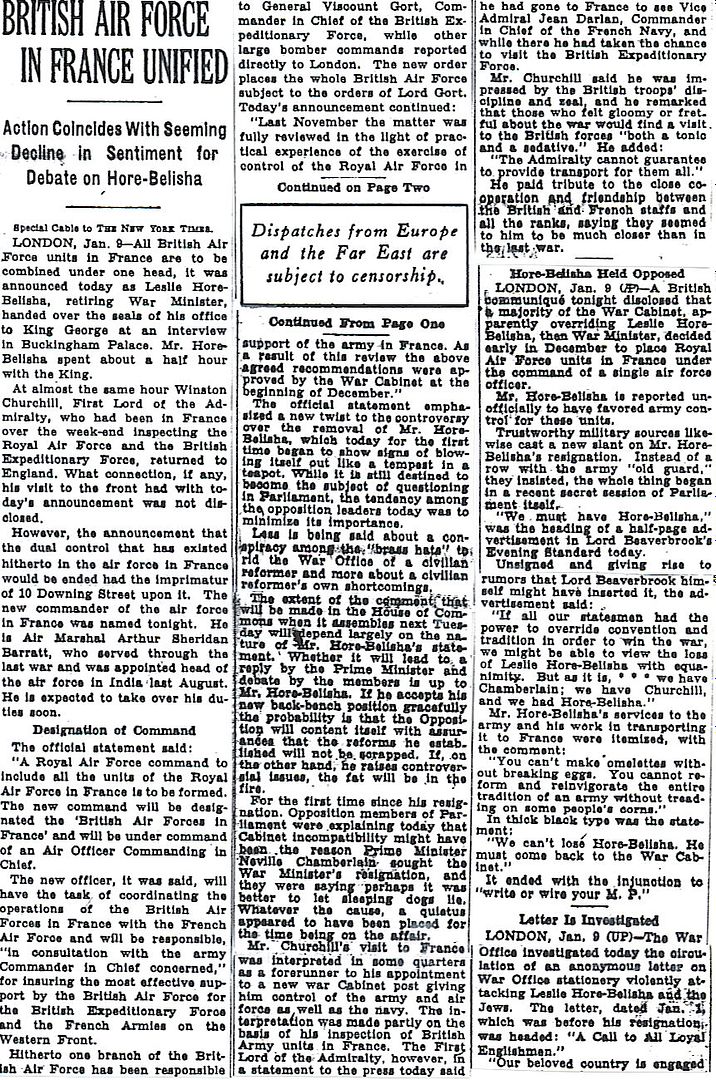


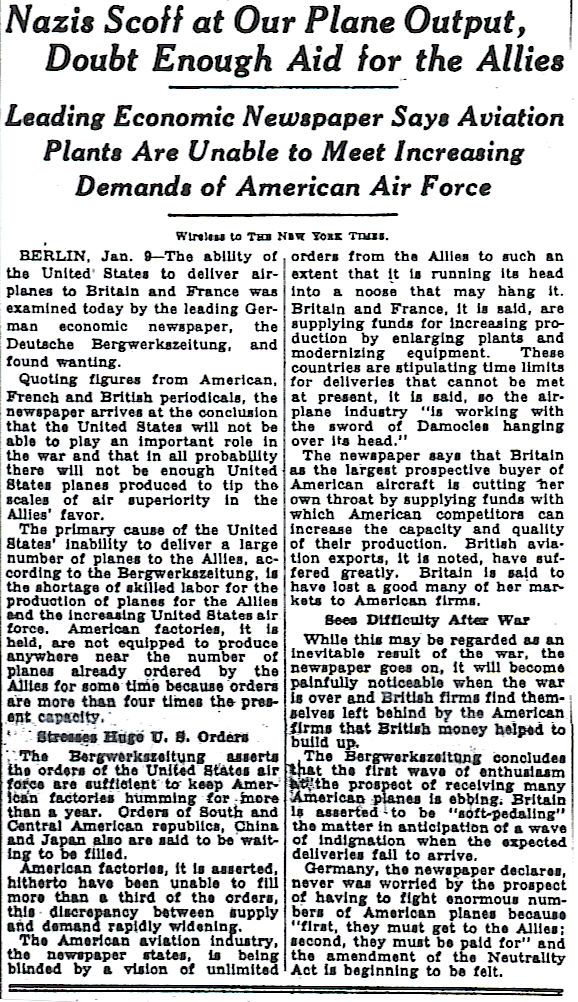

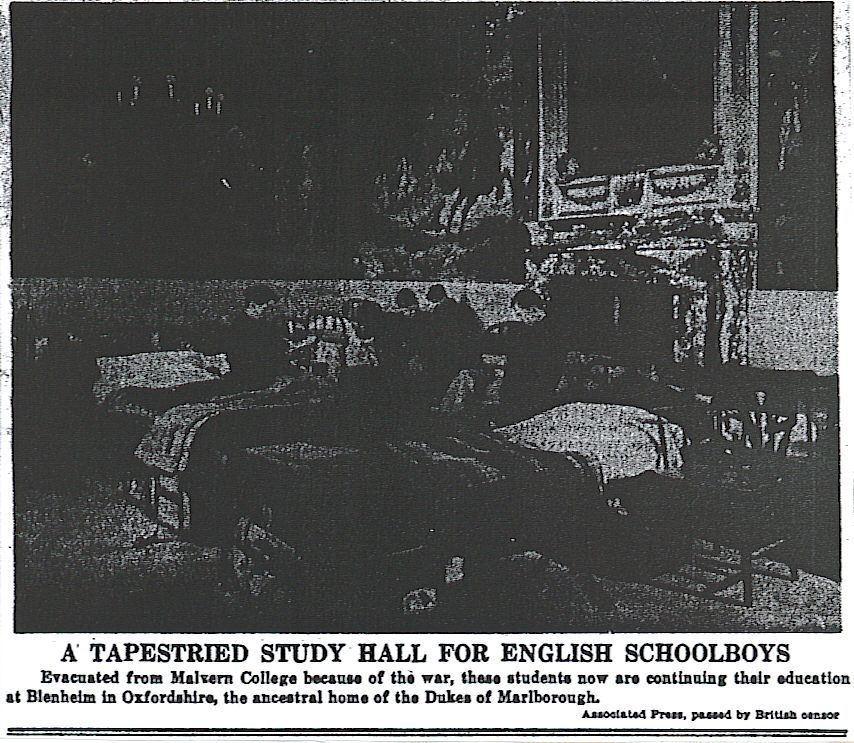

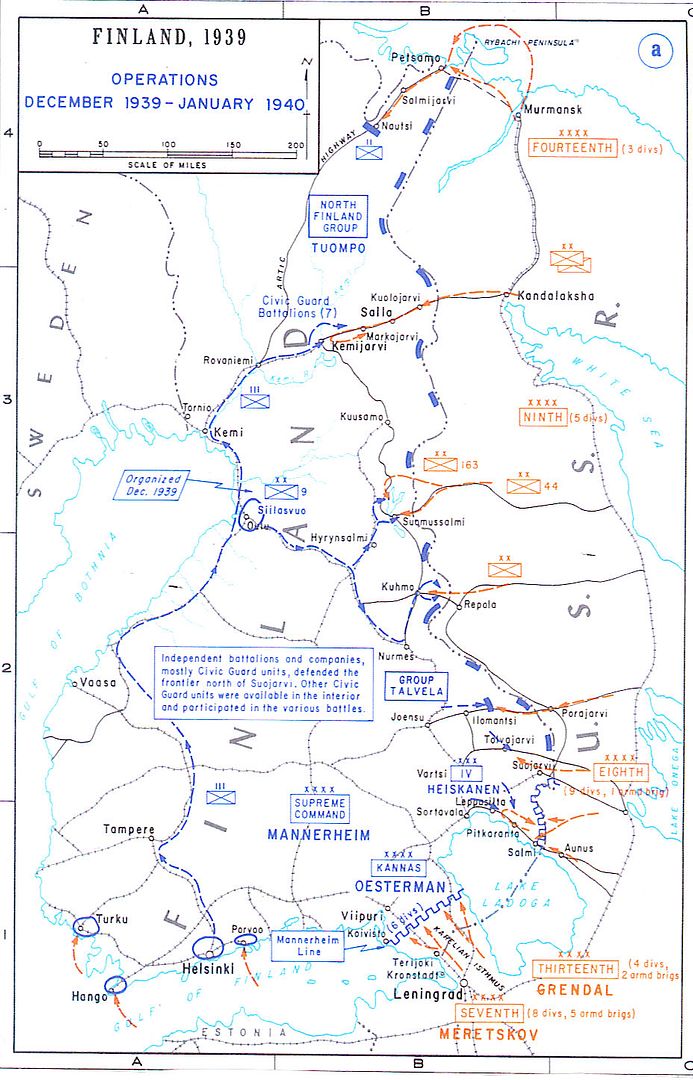

William L. Shirer, The Rise and Fall of the Third Reich
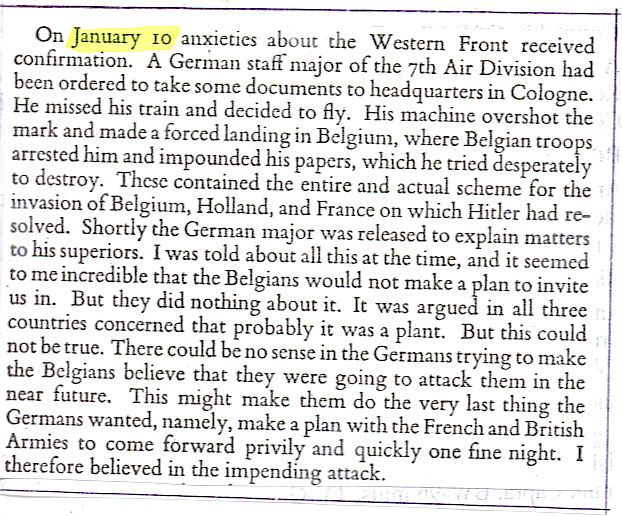
Winston S. Churchill, The Gathering Storm

Winston S. Churchill, The Gathering Storm
http://www.onwar.com/chrono/1940/jan40/f10jan40.htm
German plans revealed to Allies
Wednesday, January 10, 1940 www.onwar.com
The German Me108 carrying the secret plansOn the Western Front... Two German officers carrying copies of the plan for the attack in the west are forced down when their plane strays off course over Belgium. The plane, on a flight from Munster to Cologne, became lost in thick cloud. It lands at Mechelen, in Belgium. Major Helmut Reinberger, a Luftwaffe staff officer, makes an unsuccessful attempt to burn the papers he is carrying, which are operational plans, complete with maps, for a German airborne attack on the west, to begin on January 14th with saturation bombing attacks on French airfields. They are unable to destroy their documents and the Belgian authorities pass on details to the British and French.
In Germany... Hitler tells his generals that is is his intention to launch an attack on the Western Front on January 17th. The generals raise numerous objections to Hitler’s timetable.
In Stockholm... The Swedish government rejects the Soviet claim that Sweden is pursuing an “unneutral” policy. (A claim made on January 5th.)
In Britain... Widespread complaints about train delays are excused by the Railway Executive on the grounds of the blackout, which prolongs the loading of goods vans and makes for late starting. It also blames unexpected arrivals at ports of shipments of fresh foods, which have to be distributed hurriedly by commandeering trains. Troops movements are also a factor.
http://homepage.ntlworld.com/andrew.etherington/month/thismonth/10.htm
January 10th, 1940
UNITED KINGDOM: Widespread complaints about train delays have been excused by the Railway Executive on the grounds of the blackout, which prolongs the loading of goods vans and makes for late starting. It also blames unexpected arrivals at ports of shipments of fresh food, which have to be hurriedly distributed by commandeering trains. Troop movements are also a factor.
This doesn’t explain why so many trains run late in the daytime. Even daily commuter journeys habitually take half-an-hour longer than advertised, if not more.
RAF Bomber Command: 4 Group. Daylight Anti-shipping sweep over the North Sea. 77 Sqn, 2 aircraft. 102 Sqn, 2 aircraft. No enemy shipping sighted.
North Sea Reconnaissance - One German aircraft destroyed, one RAF Blenheim lost.
BELGIUM: A German military Me 108 courier aircraft on a flight from Munster to Cologne deviated from its heading due to bad weather while carrying important deployment documents, and had to make an emergency landing at Mechelen-sur-Meuse, Belgium. Luftwaffe headquarters in Berlin is in turmoil after learning of the crash-landing from the German embassy in Brussels. One of the passengers had tried to set fire to papers he had taken from his briefcase, but Belgian soldiers closed in and retrieved the partly burnt papers. The passenger was Major Helmut Reinberger, a Luftwaffe staff officer, and the papers were operational plans, complete with maps, for a German airborne assault on the west to begin on 14 January with saturation bombing of French airfields. Extra.
When told of this Hitler is reported to have said, “It’s things like this that can lose us the war.”
GERMANY: Hitler tells his generals that he has set 17 January as the date for the attack on the Western Front.
The Luftwaffe High Command (the OKL) instructed the German press that it was forbidden to publish any information about the Me 110, Ju 88 and Me 210 bomber aircraft, mine-laying aircraft, one ton bombs, and the aircraft controlling and reporting service [Flugmeldedienst].
U-144 is laid down. (DS)
SWEDEN: The Swedish government rejects the Soviet claim that Sweden is pursuing an “unneutral” policy. (Jack McKillop)
AUSTRALIA: Four passenger liners depart Sydney, New South Wales, carrying the Australian 16th Brigade bound for Egypt. The ships, escorted by the heavy cruiser HMAS Australia, will rendezvous with the convoy carrying the New Zealand 4th Brigade that sailed from Auckland on 6 January. (Jack McKillop)
Back to the great battleship debate.
The article notes eight battleships then under construction, plus two more being considered. Those would be:
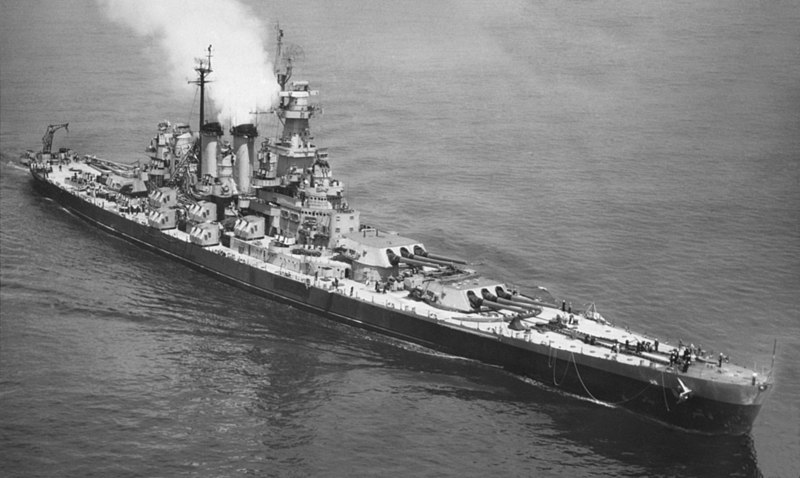

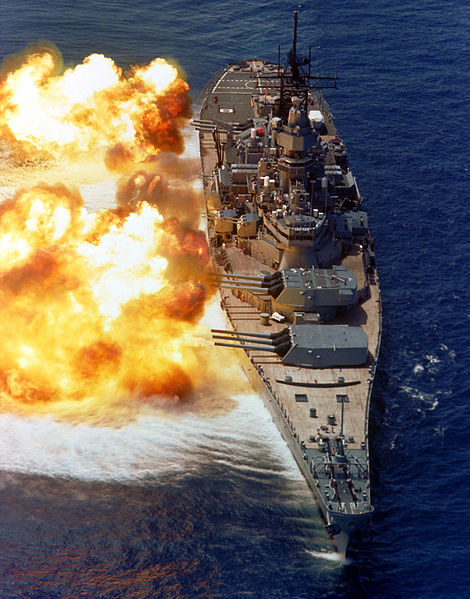
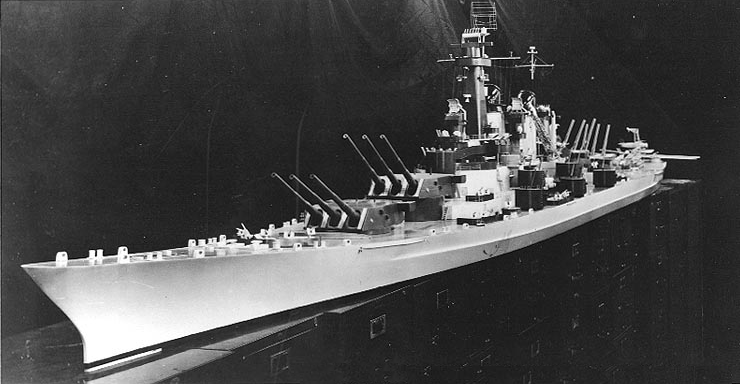

That Essex-class assembly line must have been more or less what Yamamoto was thinking about when he said he would have the upper hand in the Pacific for about six months after launching a war with the U.S.
Great pictures of BB’s and carriers, btw. I can understand how someone looking at a battleship could get locked into the idea of their invulnerablility. Compare one of those with its main battery going off to a carrier with a few planes sitting on the flight deck and it looks like no contest.
Until the Japanese sank H.M.S PRINCE OF WALES and REPULSE off Malaya in December, 1941, no aircraft attack ON A MANEUVERING warship had succeeded in sinking her [BISMARCK comes to mind. Damaged yes, sunk, no]. In the only previous carrier/ surface vessel combat, SCHARNHORST and GNIESENAU sank the British fleet carrier H.M.S GLORIOUS. So no one was certain a carrier could sink a battleship. And as you point out, it appears a mismatch - in favor of the battleship.

Northern Finland: another crushing Finnish victory is recorded in the north, this time at Suomussalmi. A second enemy division is destroyed as Finnish troops push onwards to the border.
Photo: SA-KUVA
Soviet troops trapped at Kitelä
The an episode occurred in January that cast doubt on all the past planning. This was a typical case of friction, the way von Clausewitz had described it, one of those little grains of sand that can play havoc with the gears of a gigantic military machine. Major [Hellmuth] Reinberger, a general staff officer in the airborne forces, was to travel on official business from Münster to Cologne on 10 January. In the officers club the evening before, he met Reserve Major [Erich] Hoenmanns, a pilot who had been recalled to duty, who persuaded him to come along the his plane. In-flight visibility suddenly deteriorated. In addition, the Rhine was frozen over and could hardly be distinguished from the adjoining riverbanks. Hoenmanns realized that they had drifeted off course and wanted to turn back. At that moment, the engine quit for some inexplicable reason and the aircraft made a crash landing, although nobody was injured. A farmer, who was far from where they had crashed, told them that they were near Mechelen on Belgian territory. Reinberger was very upset to hear that because in his attaché case he carried extracts from the strictly secret deployment plan as well as operations orders fro airborne missions. However, he managed to burn only some of the papers before Belgian gendarmes showed up and arrested both officers.- Karl-Heinze Frieser, The Blitzkrieg Legend: The 1940 Campaign in the West
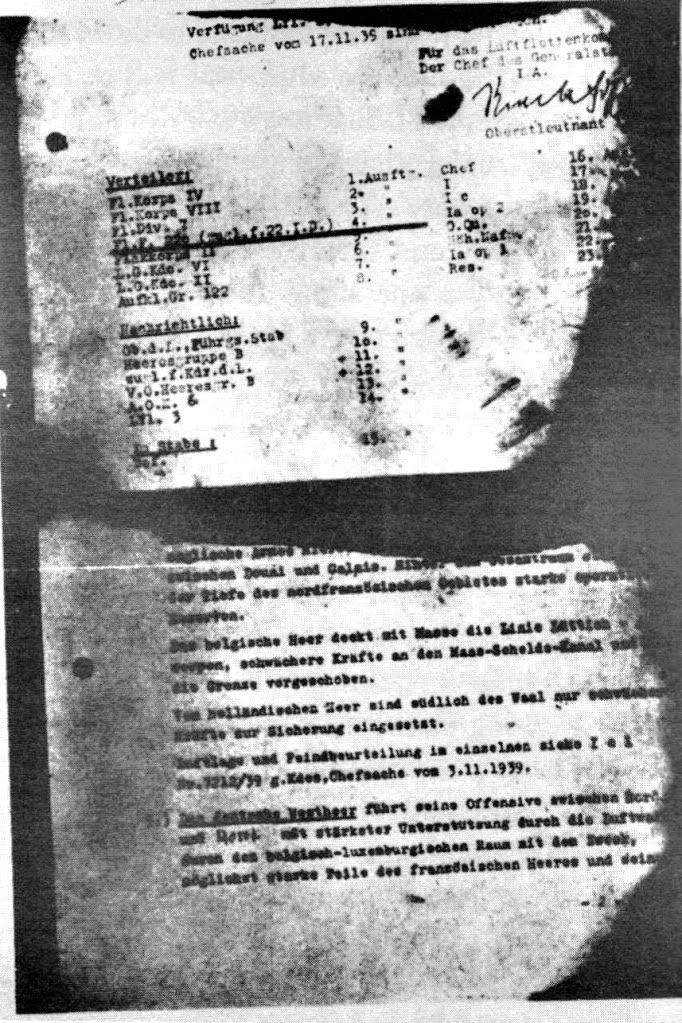
Half-burned secret documents from the German aircraft that made an emergency landing near Mechelen on 10 January 1940 - Bundesarchiv-Militärarchiv Freidburg i.Br. [Federal Military Archives] (ZA 3/55)
Wasn’t Reinberger courtmartialled and executed when he was returned to Germany?

The BB's had a combat radius of a little over 40 miles. The CV had at that time a combat radius of over 200 miles.
Here it is.
“Hoenmanns and Reinberger were both sentenced to death in absentia, but the sentence was never imposed, because they spent the rest of the war in prison camps, mainly in Canada.”
- Eagles of the Third Reich: Men of the Luftwaffe in WWII by Samuel W. Mitcham Jr.
Has the term “motti” been defined on this forum? For anyone who may not know, it is a stove length log ready to be split. The Finns would cut the Soviet divisions into short lengths and then split the lengths. The technical military term is defeat in detail.
That’s the first I’ve heard that term so probably not. I like the analogy though.
Disclaimer: Opinions posted on Free Republic are those of the individual posters and do not necessarily represent the opinion of Free Republic or its management. All materials posted herein are protected by copyright law and the exemption for fair use of copyrighted works.